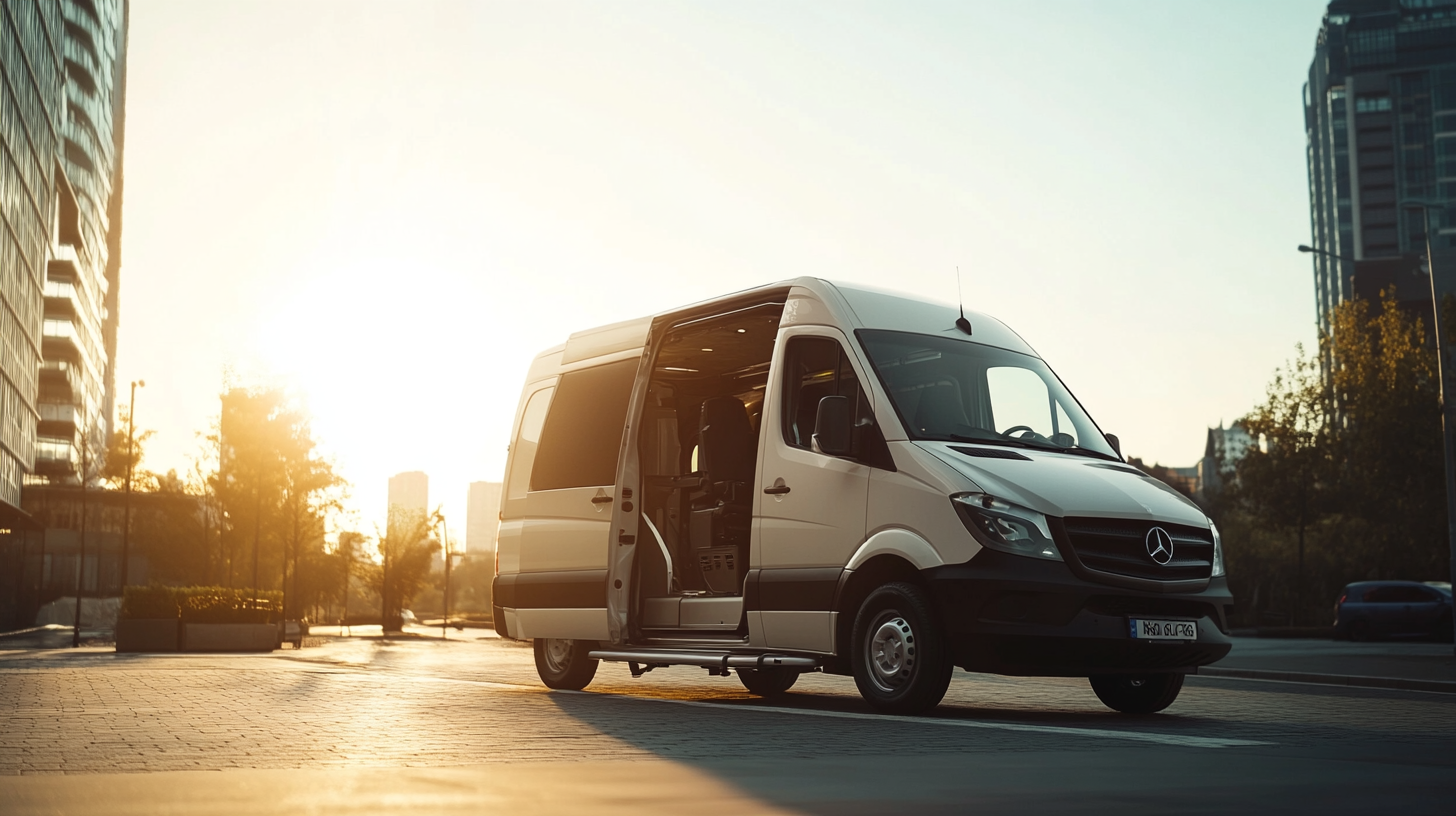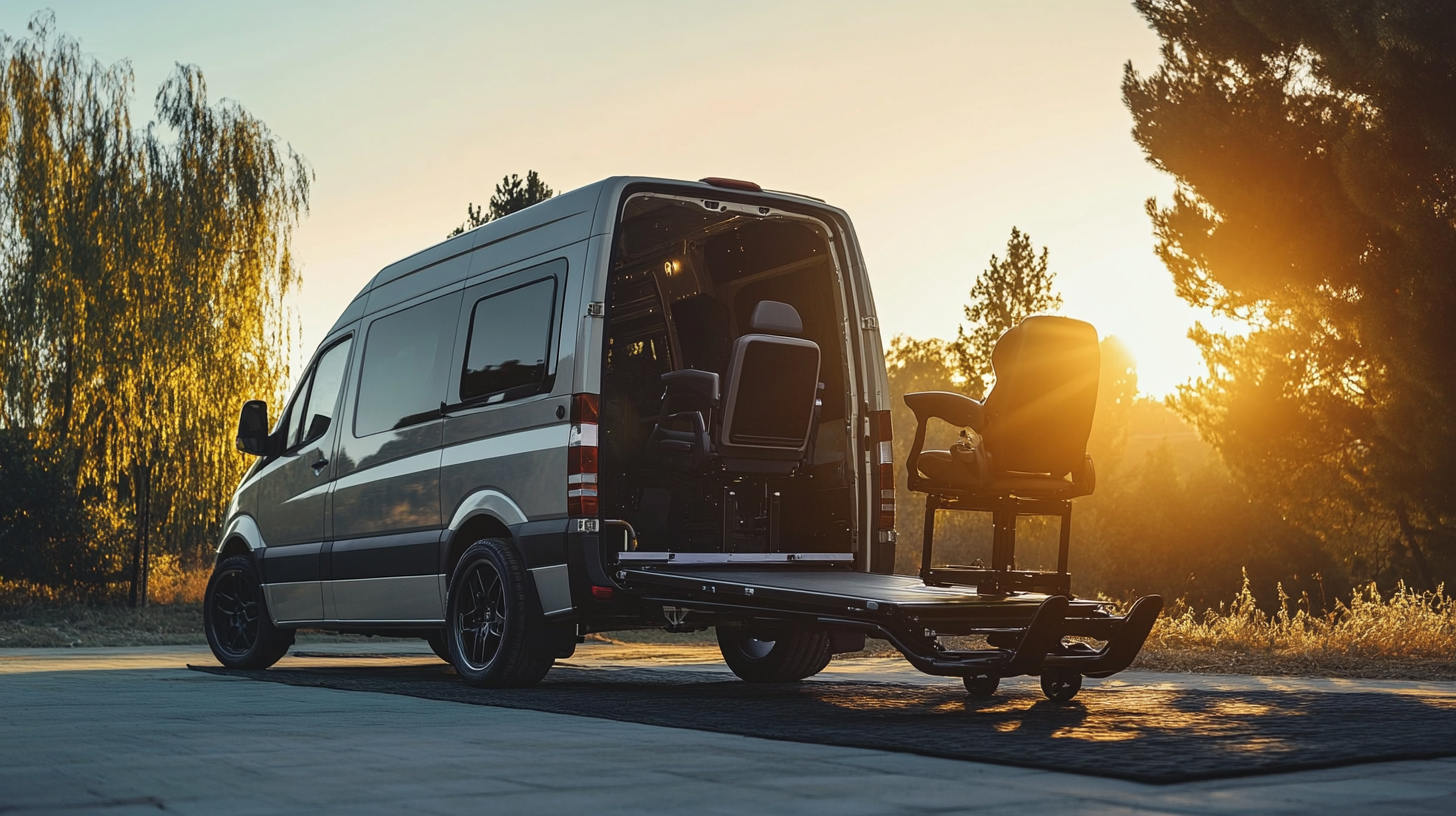Essential Insights for Sourcing the Best Handicap Vans Globally
In a world that is progressively recognizing the importance of inclusivity, the demand for handicap vans has surged globally. These specialized vehicles are not just about transportation; they represent mobility, independence, and the ability to engage freely with the community. For individuals with disabilities, the right handicap van can significantly improve their quality of life, allowing them to navigate the world with confidence. As more options become available in the market, understanding how to source the best handicap vans has never been more essential.
The process of finding an ideal handicap van requires careful consideration and informed decision-making. From evaluating features such as accessibility and safety to ensuring operational efficiency and comfort, potential buyers must be equipped with the right insights to make the best choice. This blog delves into vital criteria and tips for sourcing the best handicap vans worldwide, empowering you to make well-informed decisions that cater to specific needs and enhance your overall experience in mobility.

Key Factors to Consider When Choosing Handicap Vans
When it comes to sourcing the best handicap vans globally, understanding the key factors that influence your choice is crucial. One of the primary considerations is the accessibility features of the van. Look for models that offer ramps or lifts, spacious interiors to accommodate wheelchairs, and securement systems that ensure safety during transit. Assessing the ease of entry and exit is vital, as it significantly affects the comfort and independence of the user.
Another important aspect is the vehicle’s reliability and maintenance requirements. Research brands known for their durability and long-lasting performance. This will not only save you money on repairs in the long run but will also provide peace of mind when you’re on the road. Additionally, consider the vehicle’s fuel efficiency; a more economical van can reduce operational costs, making it a pragmatic choice for long-term use.
Finally, keep in mind the legal regulations and certifications that vary globally. Familiarize yourself with the laws governing vehicles adapted for handicapped individuals in your region. This knowledge ensures compliance and helps avoid potential legal issues. By focusing on these key factors—accessibility, reliability, and legal considerations—you’ll be better equipped to make an informed decision when choosing a handicap van that meets your needs.

Top Global Manufacturers of Handicap Vans: A Comparative Analysis
When it comes to sourcing the best handicap vans, understanding the landscape of top global manufacturers is crucial. Recent trends in the automotive industry indicate a significant shift towards electric vehicles (EVs), with electric car sales projected to reach approximately 17 million units globally in 2024. As these sales dominate the market, accounting for over 20% of all cars sold, manufacturers of handicap vans are also beginning to adapt by considering electric options to meet the growing demand for environmentally friendly transportation.
In 2022, electric vehicle sales surpassed 10 million units, revealing a robust market expansion. This upward trajectory poses both challenges and opportunities for manufacturers of handicap vans. Notably, Chinese automakers have developed a competitive advantage, producing over half of the world's electric vehicles while striving for scale and cost efficiency. This trend is pivotal for handicap van manufacturers in seeking partners or models that combine accessibility with the latest advancements in electric mobility.
Furthermore, as consumer expectations evolve, there's a growing appetite for advanced driver assistance systems (ADAS), enhancing the safety and experience in mobility solutions. The increasing focus on these features aligns with the demand for handicap vans that not only meet specific accessibility needs but also prioritize modern safety standards. Manufacturers that keep pace with these developments while focusing on quality will likely emerge as leaders in the handicap van market on a global scale.

Understanding Adaptations and Features for Accessibility Needs
When sourcing the best handicap vans globally, understanding the adaptations and features tailored for accessibility needs is crucial. The right vehicle goes beyond mere functionality; it embodies a seamless blend of comfort, safety, and ease of use for individuals with disabilities. Key adaptations often include wheelchair ramps or lifts, which facilitate effortless entry and exit. These systems can be manual or powered, with the latter providing an advantage for users with limited mobility, ensuring a smoother and more independent experience.
Another essential feature is the interior layout of the van. Many manufacturers offer customizable options that allow for adequate space and maneuverability within the vehicle. This includes adjustable seating arrangements, with some vans even providing the option to secure wheelchairs in various positions. Additionally, safety is paramount; therefore, vehicles equipped with advanced securing systems and safety belts designed specifically for wheelchair users can provide peace of mind while on the road.
Understanding the specific needs of the user is vital when selecting adaptations and features. For instance, some may require specialized controls to accommodate their unique physical conditions, while others might prioritize features that enhance comfort during long journeys. By carefully evaluating these needs and investing in well-sourced handicap vans that come with the right adaptations, individuals can ensure improved independence and mobility, significantly enhancing their quality of life.

Evaluating Costs: Budgeting for Your Handicap Van Purchase
When it comes to sourcing the best handicap vans globally, understanding the costs involved is essential for making a well-informed purchase. Evaluating the financial implications of acquiring a handicap van requires a deep dive into budget considerations that extend beyond the initial price tag. According to industry reports, the average cost of a new handicap van can range from $40,000 to $100,000, depending on the modifications required and the manufacturer. This substantial investment necessitates thorough cost evaluation processes similar to those outlined in public health frameworks for monitoring expenditures effectively.
Furthermore, the need for reliable and high-quality data in making these financial decisions cannot be overstated. Poor data quality in the evaluation of costs can lead to significant budgeting errors, potentially inflating costs by up to 25%, as highlighted in recent studies. Just as public health surveillance systems function to monitor and manage outbreak detection, prospective buyers of handicap vans must have a structured approach to evaluate their options, ensuring that they account for not just the upfront costs but also ongoing maintenance, insurance, and potential resale value.
By applying best practices similar to those in public health evaluation frameworks, consumers can strategically align their budgets, ensuring they cover all critical aspects of their handicap van investment. This holistic approach to budgeting—taking into consideration both short-term and long-term financial impacts—will ultimately lead to more satisfactory purchasing outcomes and improved mobility solutions for users.
Navigating the Buying Process: Tips for a Successful Acquisition
Navigating the buying process for handicap vans can be a unique and complex journey, much like the experience of purchasing a home. Understanding the nuances involved is essential for ensuring a successful acquisition. One of the first steps in this process is to thoroughly research your options. Just as homebuyers benefit from comparing various properties and mortgage rates, prospective van buyers should explore different models and features that best suit their specific needs.
Additionally, establishing a budget is crucial. Buyers should determine how much they are willing to spend upfront and consider ongoing costs such as maintenance, insurance, and fuel. This is similar to the financial planning involved in buying a condo or house, where determining a down payment and monthly payment plan can significantly impact the decision-making process.
Finally, leveraging resources and support networks can be incredibly beneficial. Engaging with online communities or specialized dealerships can provide insights and recommendations that ease the buying experience. Whether it's a guide for first-time homebuyers or advice from seasoned van owners, collecting information will lead to more informed choices and a smoother transaction overall. By approaching the acquisition of a handicap van with careful consideration and strategic planning, buyers can navigate this essential purchase with confidence.